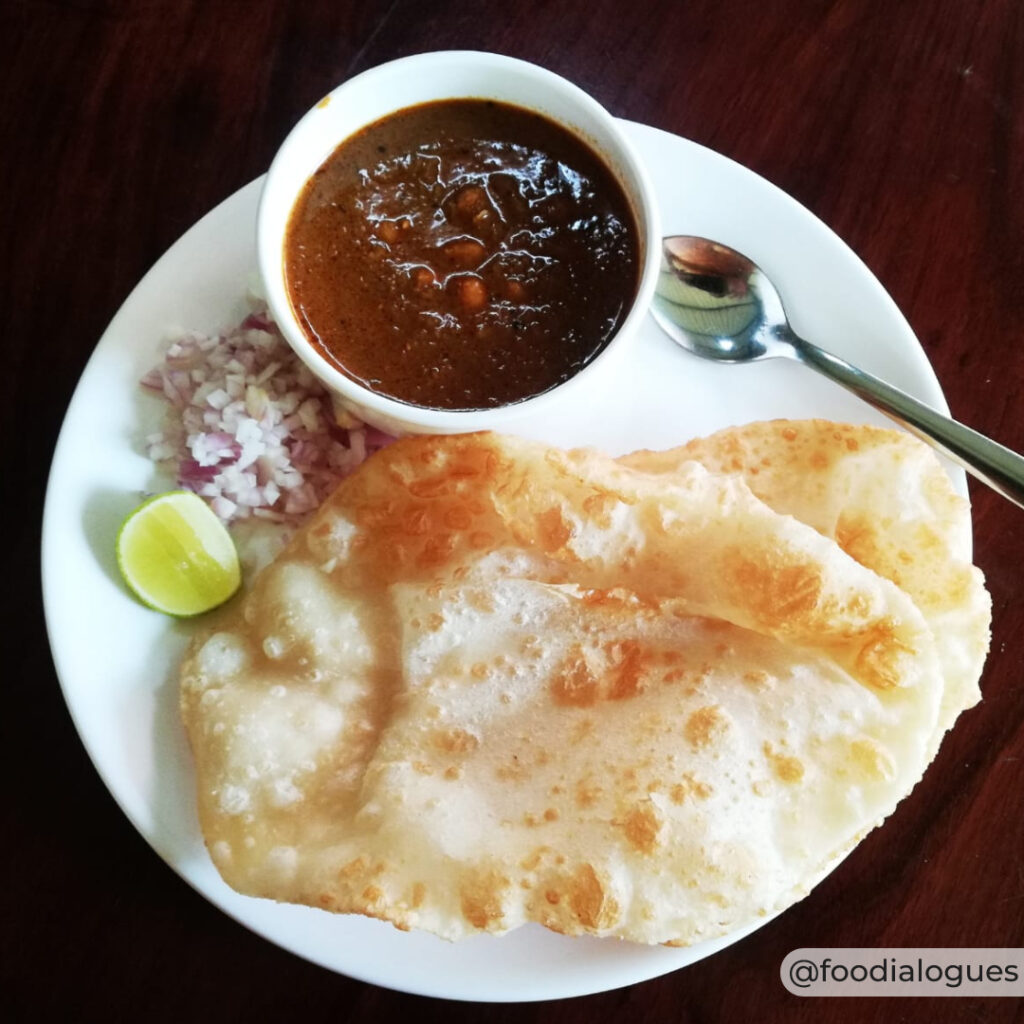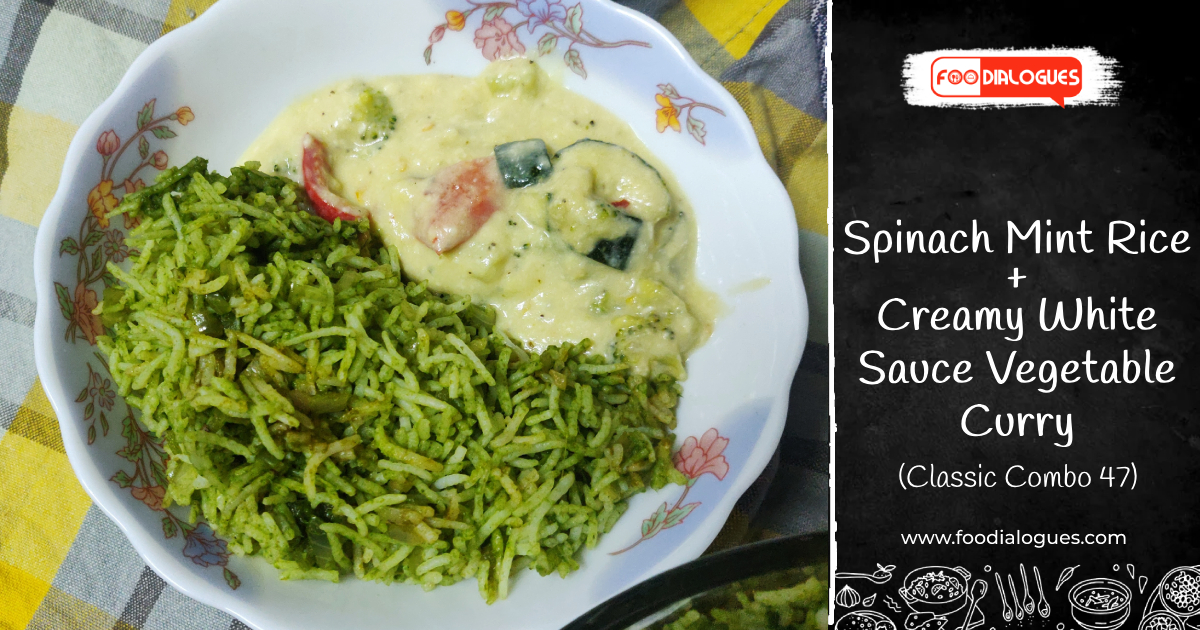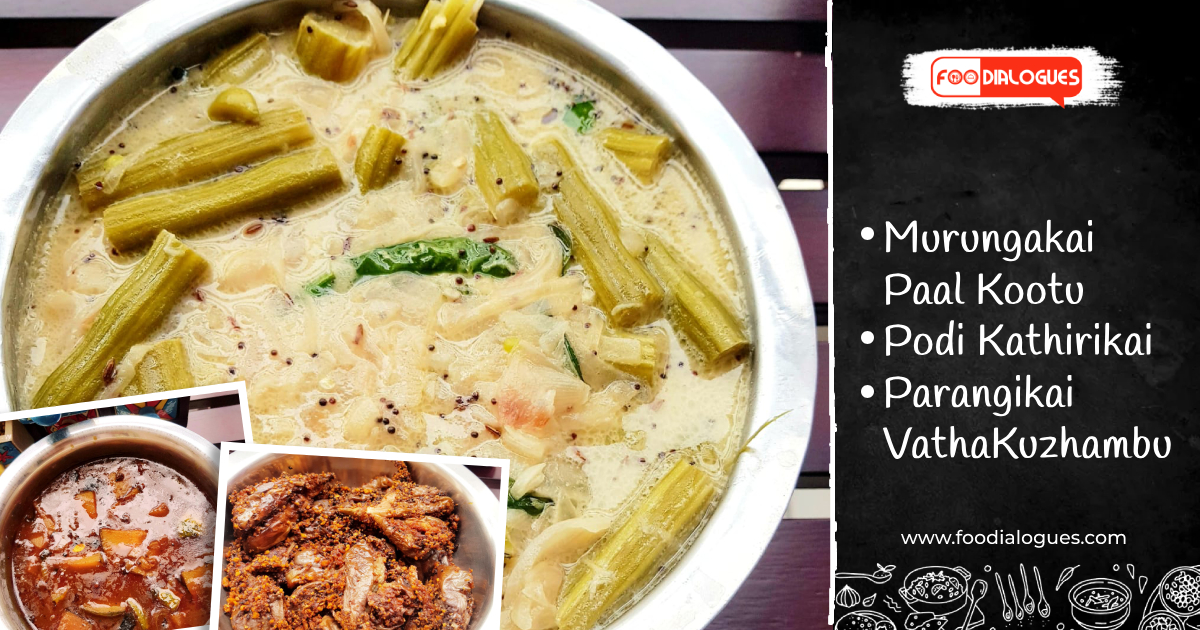The Maida Myth…. Unhealthy is the common portrayal of this refined wheat flour with several smear crusades by all media. The Internet is loaded with health propaganda and Maida bears the brunt of everything from Cancer to diabetes to obesity. Why is this Maida tainting? What exactly is Maida? Is it really a ‘WHITE POISON ‘as it is widely propagated?
Foodialogues debunks the Maida Myth and brings to you a classic combo—-Chole-Bhatura.
Wheat is an ancient grain that is being cultivated worldwide and one of the major staples of the Indian population. Processing of wheat results in different types of flours such as whole wheat flour and refined flour commonly known as Maida. As a finely milled formof wheat, without the bran and the germ portion, the nutritional profile of Maida is lesser than that of wheat. The protein composition of Maida is 10% when compared to the 12 % in whole wheat flour. Fibre is 0.35% compared to 1.3 % in wheat flour. Kilocalories are almost comparable with 356 in Maida and 360 in wheat flour.
Maida does not have fibre, which means it is not easy to digest. Fibre must be part of a healthy diet. If you consider all factors, there is some truth in the argument that Maida is not so advisable as a daily food ingredient. More so in the west where bread and meat form their staple. However, in our Indian diets, the staple is always accompanied with a whole lot of vegetables such as curries & subjis. The use of Maida in India is limited to certain preparations such as Bhatura, Luchi, Momos, Samosas, Kachori, cakes, cookies etc. Most of these preparations have a vegetable or a pulse accompaniment or a stuffing. Substitution with whole wheat flour impacts its organoleptic and textural properties. Occasional consumption of refined flour Pizza loaded with vegetables and a burger stuffed with a veggie-pulse patty is not going to make a dent in your health. However, if a regular fare, the same can be substituted with whole wheat flour versions with a small compromise on taste and texture.
Any food that is consumed has to be viewed in totality. Processed food made with refined flour should be judiciously combined with salads, vegetables, and whole pulses to complement the lack of fibre. Moderate consumption should be the key way to good health. Care should be taken when consumption of delicious cake slices, pastries, cookies, bread, and all food of refined flour origin form a part of our daily diet without enough dietary supplementation of fibre, protein, and micronutrients.
Chole Bhature Recipe:
Ingredients for Bhature:
- Maida 2 cups
- Rava/semolina 1 tbsp
- Baking powder ½ tsp
- Baking soda ¼ tsp
- Sugar 1 tsp
- Curd (sour) 1 cup
- Salt to taste
- Oil 1 tsp
- Oil for frying.
Preparation Method:
- Take curds, sugar, salt, and oil in a bowl. Whisk well with your fingers such that the mixture becomes frothy.
- Now mix the rava and Maida along with baking soda and baking powder.
- Knead into stiff dough with occasional sprinkling of water if necessary. Smear oil on top and cover the dough with a wet cloth and keep aside for 3 -4 hours.
- The dough would have fermented and doubled up now. Remove and knead gently. Pinch even-sized balls.
- Roll each ball into large discs and deep fry in medium hot oil. The bhatures should be creamy white with small brown specks.
- Serve hot with Chole.
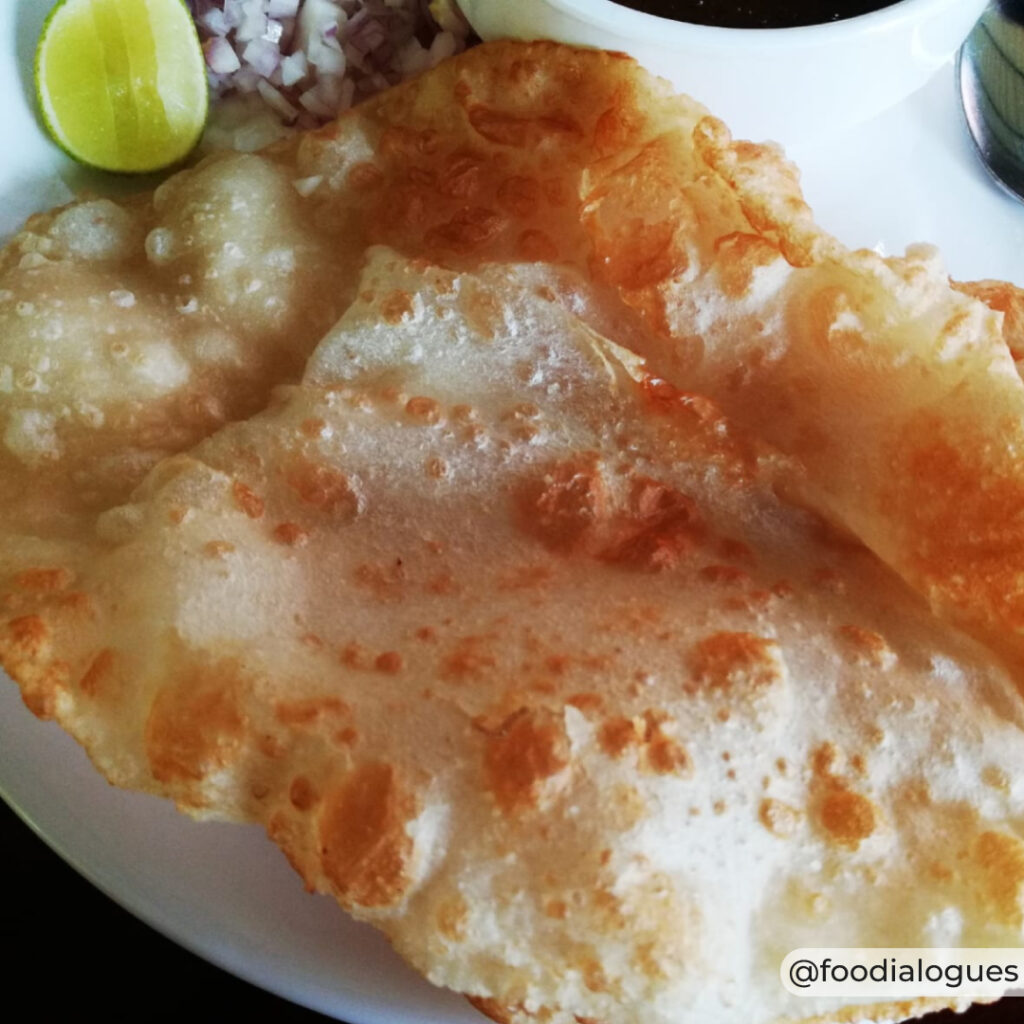
Link: Check here for Chole Recipe (Chana Masala)
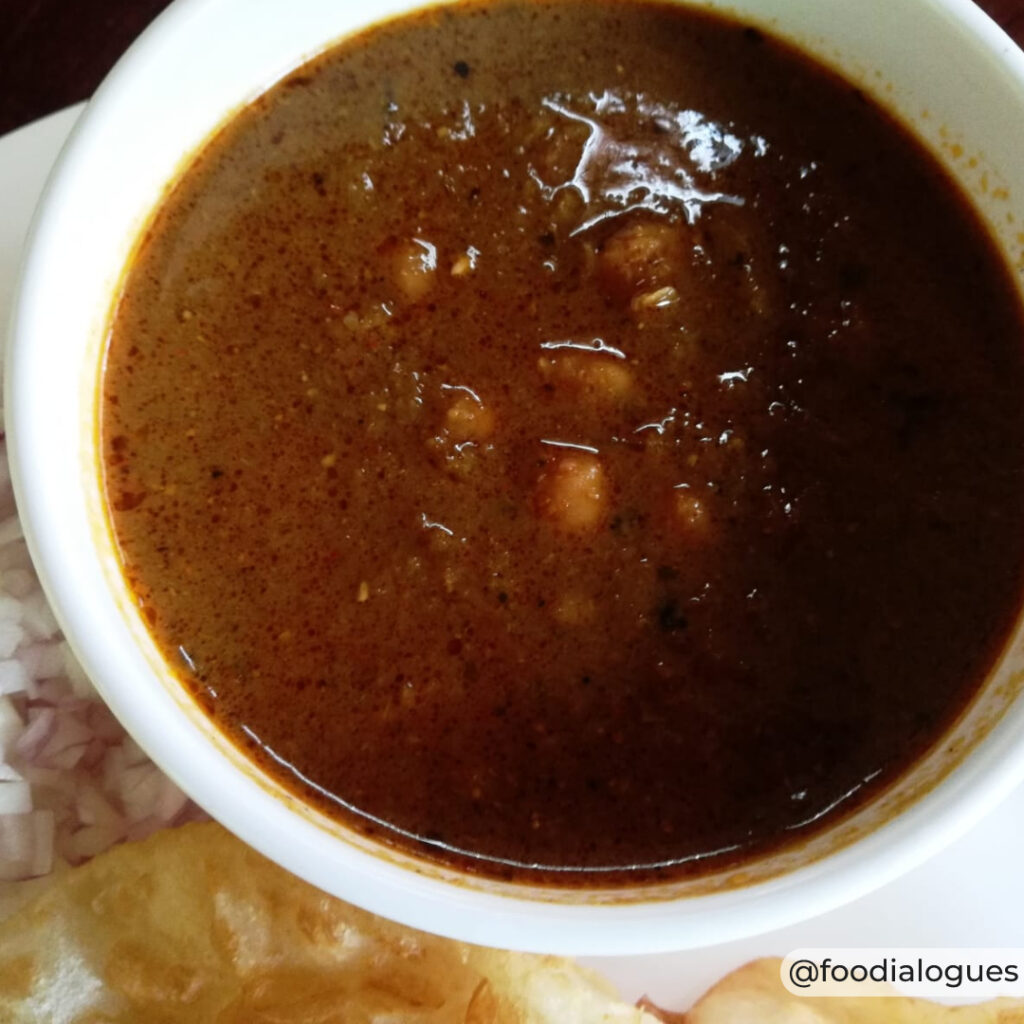
Classic Combo – Chole Bhature is ready 🙂
